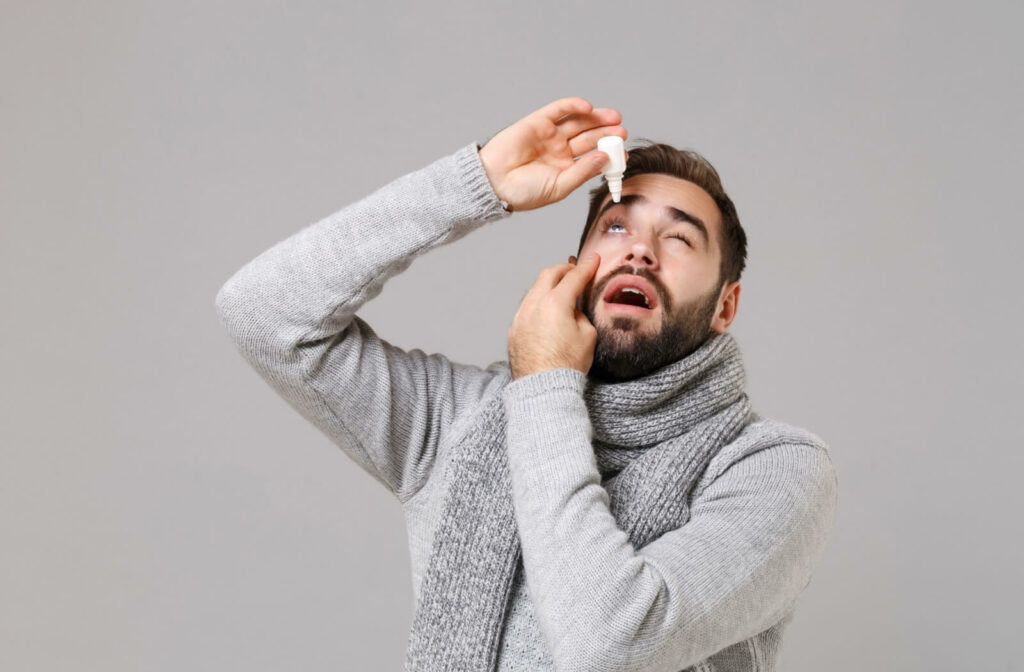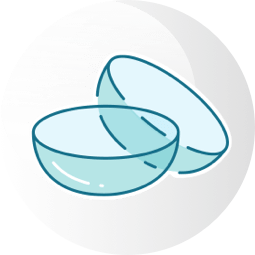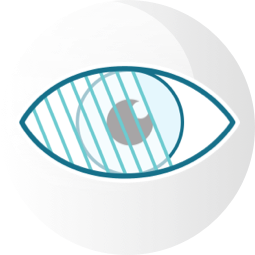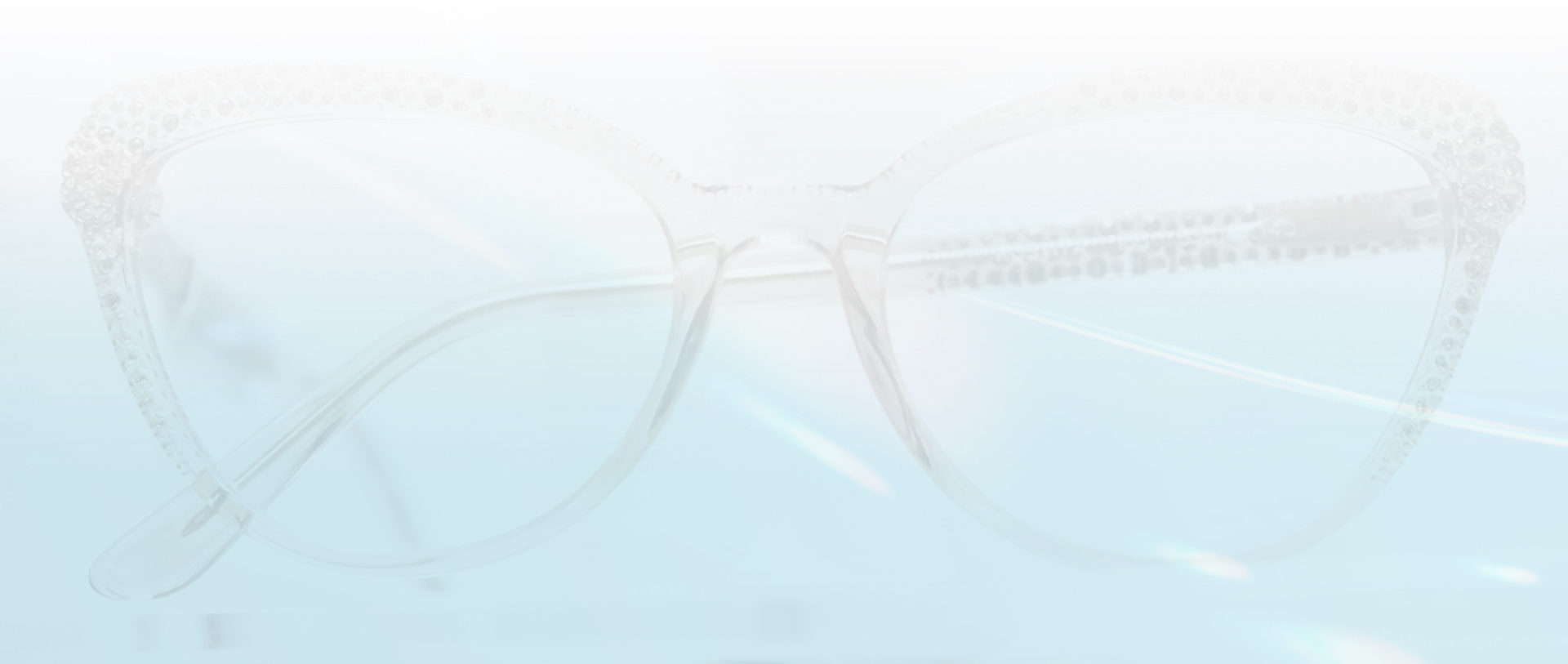Experiencing dry eyes is relatively common. The dry, gritty sensation this condition causes can often prompt us to impulsively rub our eyes in hopes of finding short-term relief.
Fortunately, eye drops are a common, convenient, and accessible way to manage dry eyes. Their ease of access begs the question, how often should you use eye drops?
It turns out that overusing eye drops can create a dependency. As a general rule:
- Over-the-counter artificial tears can be used around 2 to 4 times a day.
- Preservative-free artificial tears can be used as needed, upwards of 6 to 8 times a day.
- Prescription eye drops should be used as advised by your optometrist, which is generally once or twice a day.
All About Dry Eye
Dry eyes develop when the tear film becomes unstable.
Tears play a key role in maintaining good ocular health and visual clarity. They are responsible for delivering nutrients to the eye, keeping it lubricated, and protecting its surface from irritants.
The tear film consists of several layers. A problem with any of these layers can lead to instability, causing dryness. This dryness can develop when your eyes don’t produce enough tears or when tears evaporate too quickly from the eye’s surface.
Dryness is a hallmark characteristic of this condition, but additional symptoms also include:
- Redness
- Watery eyes
- Sensitivity to light
- A burning or stinging sensation
- Blurred vision or difficulty focusing
Anyone can experience dry eyes, but certain factors like age, harsh environments, digital screens, and certain medications can destabilize the tear film. The risk of developing dry eye increases as these factors can increase tear evaporation or reduce tear production.
Dry eyes may not sound concerning at first, but persistent dryness and irritation can lead to discomfort, greatly affecting your ability to complete daily tasks.
Leaving dry eyes unmanaged can increase the risk of developing serious complications, like corneal scarring or damage, which can cause partial or complete vision loss.
Fortunately, there are various options for dry eye therapy, including relatively simple solutions, like eye drops.
Eye Drops for Dry Eye Relief
Also known as artificial tears, eye drops mimic the composition of natural tears, providing temporary relief from dry eye symptoms.
These drops replenish the tear film, reduce irritation, and hydrate the eye’s surface. Some eye drops contain active ingredients, targeting the root cause of dryness, like inflammation or deficiencies in the tear film’s layers.
Types of Eye Drops
Eye drops come in several formulations and aren’t always a one-size-fits-all solution.
Factors like symptoms, severity of dryness, and tear film health determine which type of drop will most suitably target underlying symptoms for long-term relief:
- Over-the-counter (OTC) artificial tears: These are readily available and work to provide quick hydration. They are ideal for mild cases and are fine to use as often as needed throughout the day. Some even come in thicker gel forms for prolonged relief.
- Preservative-free artificial tears: Favorably recommended for frequent users, preservative-free options are gentler on the eyes and reduce the risk of irritation. They come in single-use vials to maintain sterility.
- Medicated eye drops: Prescription eye drops target underlying causes like inflammation. Options like Restasis or Xiidra lubricate the eyes and help with tear production over time.

How Often Should You Use Eye Drops?
Using eye drops as recommended is safe but overusing them or becoming overly reliant on them can have consequences.
Excessively using eye drops, especially those containing preservatives, may cause irritation, redness, or even an allergic reaction. It’s beneficial to use these drops as directed and consult your optometrist if you experience prolonged discomfort.
Additionally, long-term reliance on eye drops can potentially lead to a dependency on them. Meaning, you may feel as though you constantly need to use eye drops to alleviate dryness, even if your eyes aren’t actually experiencing severe dryness.
Therefore, it’s necessary to address the underlying cause of dry eyes and explore other management strategies, like lifestyle changes or advanced treatments to help maintain relief and break dependency on eye drops.
The type of eye drops you use determines their frequency. As a general rule:
- OTC artificial tears: Most people benefit from applying them 2-4 times a day, with additional applications as needed throughout the day.
- Preservative-free artificial tears: These are specially formulated without preservatives to minimize the risk of irritation, making them safe for frequent use. Depending on your comfort level and severity of dryness, these can be used upwards of 6-8 times a day.
- Medicated drops: Since these are prescription-grade drops, it’s crucial to strictly follow your optometrist’s instructions. Typically, these drops are used 1-2 times daily. Overusing or underusing medicated drops may affect their effectiveness and the treatment outcome.
Managing Dry Eyes
Cause of their chronic nature, dry eyes cannot be cured but can managed effectively using additional therapies, alongside eye drops to prevent overuse.
With several options to explore, a dry eye consultation with your optometrist can help determine the most suitable therapies to use alongside your eye drops:
- Warm compress masks: Applying a warm compress mask over the eyes and gently massaging around the area can help improve oil gland function and enhance tear production.
- PRN dry eye vitamins: Supplements like omega-3 fatty acids can help support overall eye health and improve tear production.
- Eye ointments: Similar to lotion, this ointment is applied to the lash line before bed to provide ample hydration to the eye’s surface. Because of its thick consistency, ointments should be applied a few minutes after using eye drops.
- Intense Pulsed Light (IPL) Therapy: Using an IPL device, gentle pulses of light generate heat and target the underlying inflammation associated with dry eyes. This advanced therapy reduces inflammation, promotes the production of natural tears, and improves tear film stability.
- Punctal plugs: These small devices are interested in the tear ducts to block tear drainage, helping to conserve natural tears on the eye’s surface.
Schedule a Visit
Overusing eye drops can disrupt the tear film balance. Instead, consider addressing the root cause of dry eye.
Connect with our team at McCauley Celin Eyecare Associates to schedule a visit for your dry eye consultation.














